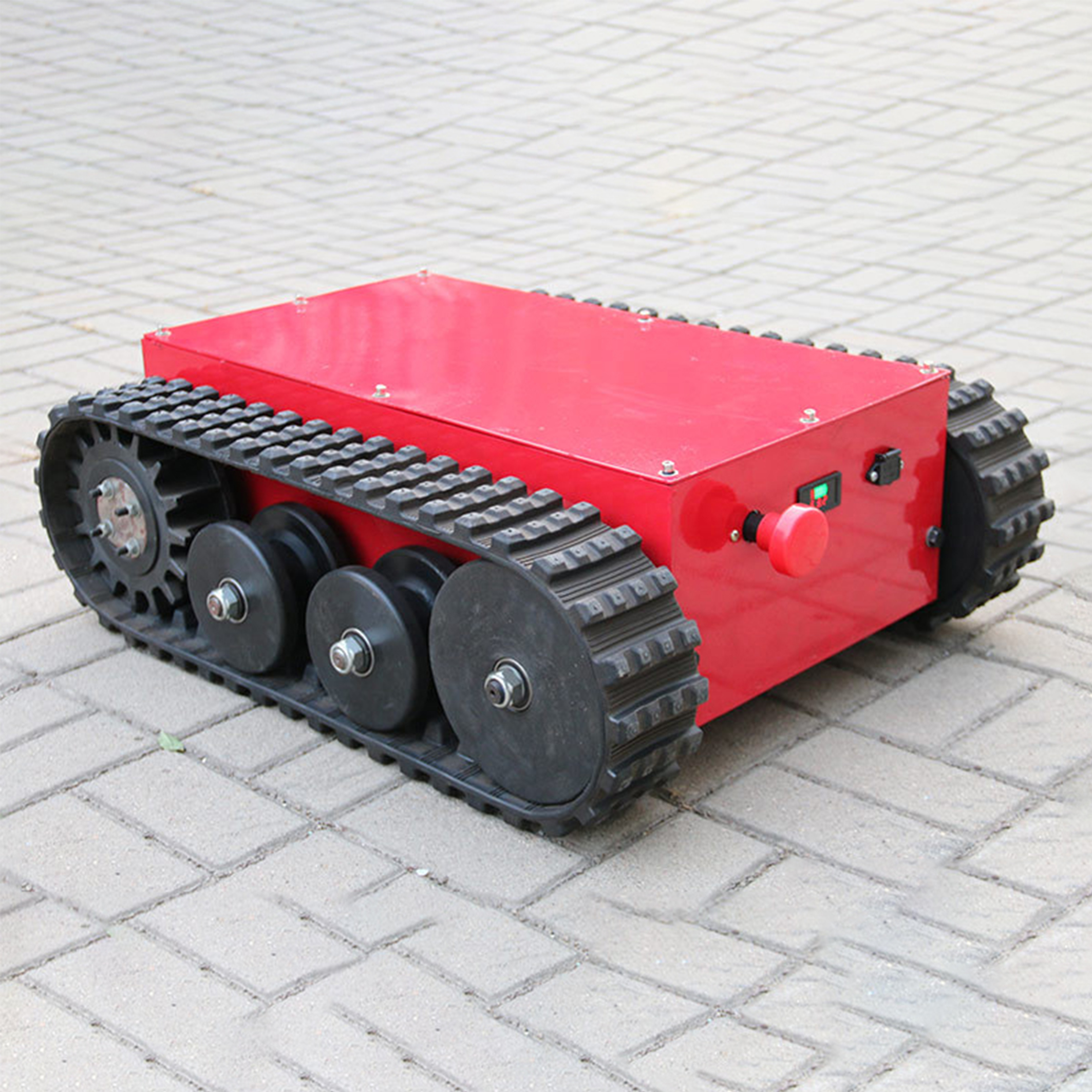Tracked aerial platforms are versatile machines used primarily in construction, maintenance, forestry, and other industries requiring elevated work access over rough or unstable terrain. Unlike wheeled aerial platforms, tracked variants employ continuous rubber or steel tracks, granting them traction and stability on uneven surfaces.

One defining feature of tracked aerial platforms is their enhanced off-road capability. The tracks distribute the machine's weight more evenly, reducing ground pressure and allowing operation on soft ground, mud, sand, or gravel where wheeled machines might struggle or get stuck. This makes tracked aerial platforms ideal for remote or undeveloped job sites.
Maneuverability is another significant advantage. Despite their larger footprint, tracked aerial platforms can pivot and turn in tight spaces thanks to skid-steer or zero-turn capabilities, enabling precise positioning under obstacles or within confined areas.
Safety features are integral to these machines. They often include automatic leveling systems to stabilize the platform on sloped or uneven ground, ensuring workers remain secure while elevated. Some models also incorporate sensors that monitor ground conditions and platform tilt, shutting down operation if stability is compromised.
The reach and height capabilities of tracked aerial platforms vary widely. Compact models might provide working heights around 10-15 meters, while larger industrial platforms can extend well beyond 30 meters, all while maintaining traction and stability on difficult terrain.
Lastly, tracked aerial platforms often feature robust hydraulic systems that enable smooth and controlled movement of the boom and platform, reducing operator fatigue and increasing productivity. Maintenance considerations also influence design, with many units offering easy access to key components to minimize downtime.
In the high-adrenaline world of dirt track racing, every component of the vehicle plays a pivotal role in securing victory. Among these, the chassis forms the backbone, directly impacting performance, handling, and driver safety.
The chassis of a dirt track race car serves as the primary structural framework, supporting all other components including the engine, suspension, body panels, and safety devices. It must be rigid enough to withstand the intense stresses of high-speed cornering and collisions yet flexible enough to absorb shocks from uneven dirt surfaces.
One of the chassis's critical functions is handling optimization. Dirt track racing demands quick directional changes and maintaining traction on loose surfaces. Engineers design chassis with specific weight distribution and geometry to lower the center of gravity and improve stability. A well-designed chassis enables the driver to maintain control through corners, improving lap times and reducing tire wear.
Safety is another fundamental role of the chassis. Modern dirt track chassis incorporate integrated roll cages constructed from high-strength steel tubing, designed to protect the driver in the event of a rollover or crash. The chassis also anchors harnesses, seats, and impact-absorbing components that collectively enhance driver protection.
Chassis tuning allows teams to adjust stiffness, suspension mounting points, and ride height to match track conditions, vehicle weight, and driver preferences. This adaptability makes the chassis a dynamic element that can be optimized race-by-race.
The dirt track race car chassis is far more than a frame; it is a carefully engineered component that balances strength, safety, and performance. Its design influences not only the car's ability to withstand the rigors of racing but also the driver's confidence and competitive edge.